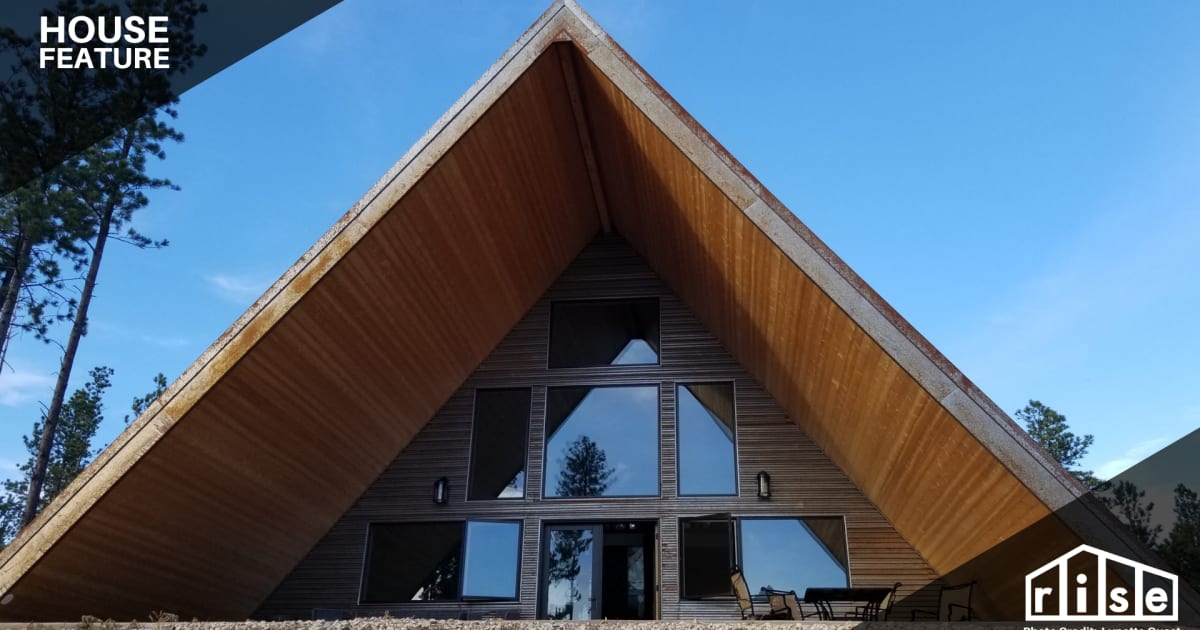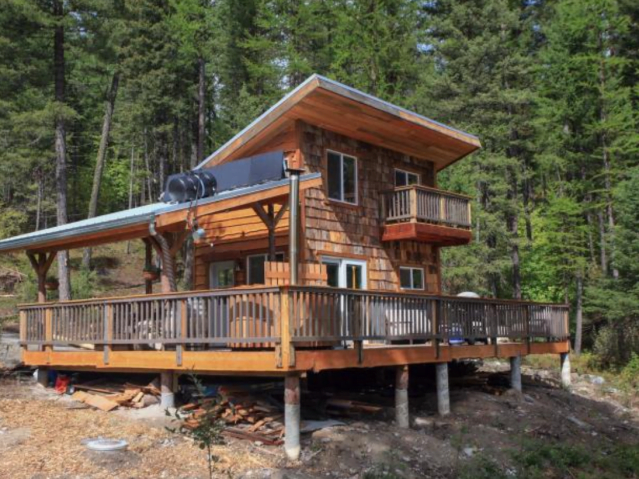Looking to embrace a simpler, more self-sufficient lifestyle away from the bustling cities? South Dakota might just be the perfect place for you to explore off grid living. While the state may pose its own set of challenges, like a harsh climate and high property taxes, there are also numerous opportunities and off grid communities available. Located in the southeastern parts of the state, counties such as Minnehaha, Pennington, and Clay offer some of the best places to live off the grid in South Dakota. Despite the harsh winters and short growing seasons, South Dakota boasts abundant natural beauty, wide open landscapes, and a low population density, making it an attractive destination for those seeking a connection with nature and a sustainable way of life. With supportive off grid communities and individuals already embracing sustainable living practices, South Dakota holds the promise of self-sufficiency and a breath of fresh air.

Challenges of Off Grid Living in South Dakota
Harsh Climate
One of the major challenges of off grid living in South Dakota is the harsh climate. The state experiences extreme winter conditions, with heavy snowfall and freezing temperatures. This can make it difficult to stay warm and ensure adequate heating in off grid homes. It is important for off grid residents to invest in proper insulation, efficient heating systems, and reliable snow removal equipment.
Additionally, South Dakota has a limited growing season due to its short summers. This means that off grid residents may have a limited window of time to grow their own food and sustain themselves through gardening or farming. The short growing period also poses challenges for preserving the harvest and storing enough food to last throughout the year.
High Property Tax
Another challenge of off grid living in South Dakota is the high property tax. The state has relatively high property taxes compared to other states, which can impact the cost of living for off grid residents. It is important for individuals considering off grid living in South Dakota to budget for these property taxes and factor them into their overall cost of living calculations.
However, it is worth exploring tax exemptions and incentives that may be available for off grid properties. Some states offer tax breaks for off grid homes that utilize renewable energy sources or practice sustainable living. Off grid residents in South Dakota should research these opportunities and see if they qualify for any tax exemptions or discounts.
Short Growing Periods
As mentioned earlier, South Dakota has short growing seasons, which can be a challenge for off grid living. The limited time frame for planting and harvesting crops means that off grid residents need to carefully choose suitable crops that can thrive in the local climate and produce a substantial yield in a shorter period of time.
Implementing season extension techniques can also help extend the growing season and increase the variety of crops that can be grown. This can include using cold frames, hoop houses, or greenhouses to protect plants from frost and extend their growing period. Off grid residents should research and experiment with these techniques to make the most of their short growing windows.
Expensive Firewood
Firewood is often an essential energy source for off grid homes, especially during the cold winter months. However, in South Dakota, firewood can be quite expensive. Off grid residents should budget for the cost of firewood and explore options for sourcing it locally, which can help reduce costs. It is also worth considering alternative heating options, such as pellet stoves or electric heating, which may be more cost-effective in the long run.
Opportunities for Off Grid Living in South Dakota
Off Grid Communities
Despite the challenges, South Dakota offers opportunities for off grid living through various off grid communities. These communities are made up of like-minded individuals who are committed to living sustainably and off the grid. They provide a sense of community support and collaboration, with shared resources, skills, and knowledge.
Living in an off grid community can provide many benefits for individuals seeking to live off the grid. It allows for a greater sense of security and support, as well as the opportunity to learn from others’ experiences and share resources. Off grid communities in South Dakota often organize workshops and events centered around sustainable living practices, creating a supportive environment for newcomers.
Best Places to Live Off the Grid in South Dakota
While South Dakota as a whole may pose challenges for off grid living, there are certain areas within the state that are more conducive to this lifestyle. The best places to live off the grid in South Dakota are often located in the southeastern parts of the state, where there is a rural environment, natural beauty, and a lower population density.
Some of the best counties for off grid living in South Dakota include Minnehaha County, Pennington County, Aurora County, Union County, Clay County, Lincoln County, Yankton County, and Bon Homme County. These areas offer a mix of rural landscapes, access to essential services, availability of land, and access to water sources.
Supportive Off Grid Community
In addition to off grid communities, South Dakota also has a supportive off grid community. There are individuals and organizations in the state who are passionate about sustainable living and are actively engaged in practices such as renewable energy generation, water conservation, permaculture, and waste management. These individuals provide a wealth of knowledge and resources for those interested in off grid living.
Engaging with the supportive off grid community in South Dakota can provide valuable insights and advice on overcoming challenges and making the most of the available opportunities. There are often workshops, meetups, and events focused on sustainable living practices, where off grid residents can learn new skills, network with like-minded individuals, and find support.
Sustainable Living Practices
South Dakota offers opportunities for off grid residents to embrace sustainable living practices. This includes utilizing renewable energy sources, such as solar power or wind energy, to generate electricity and reduce reliance on the grid. The southern parts of the state, in particular, have longer days and ample sunlight, making them ideal for solar power generation.
Water conservation techniques, such as rainwater harvesting and greywater systems, can help off grid residents reduce water usage and become more self-sufficient. Permaculture and regenerative agriculture methods can be employed to create sustainable, food-producing ecosystems that require minimal inputs. Additionally, waste management and recycling practices can help minimize environmental impact and promote a circular economy.
By incorporating these sustainable living practices into their off grid lifestyle, residents in South Dakota can reduce their ecological footprint and live more harmoniously with the natural environment.




